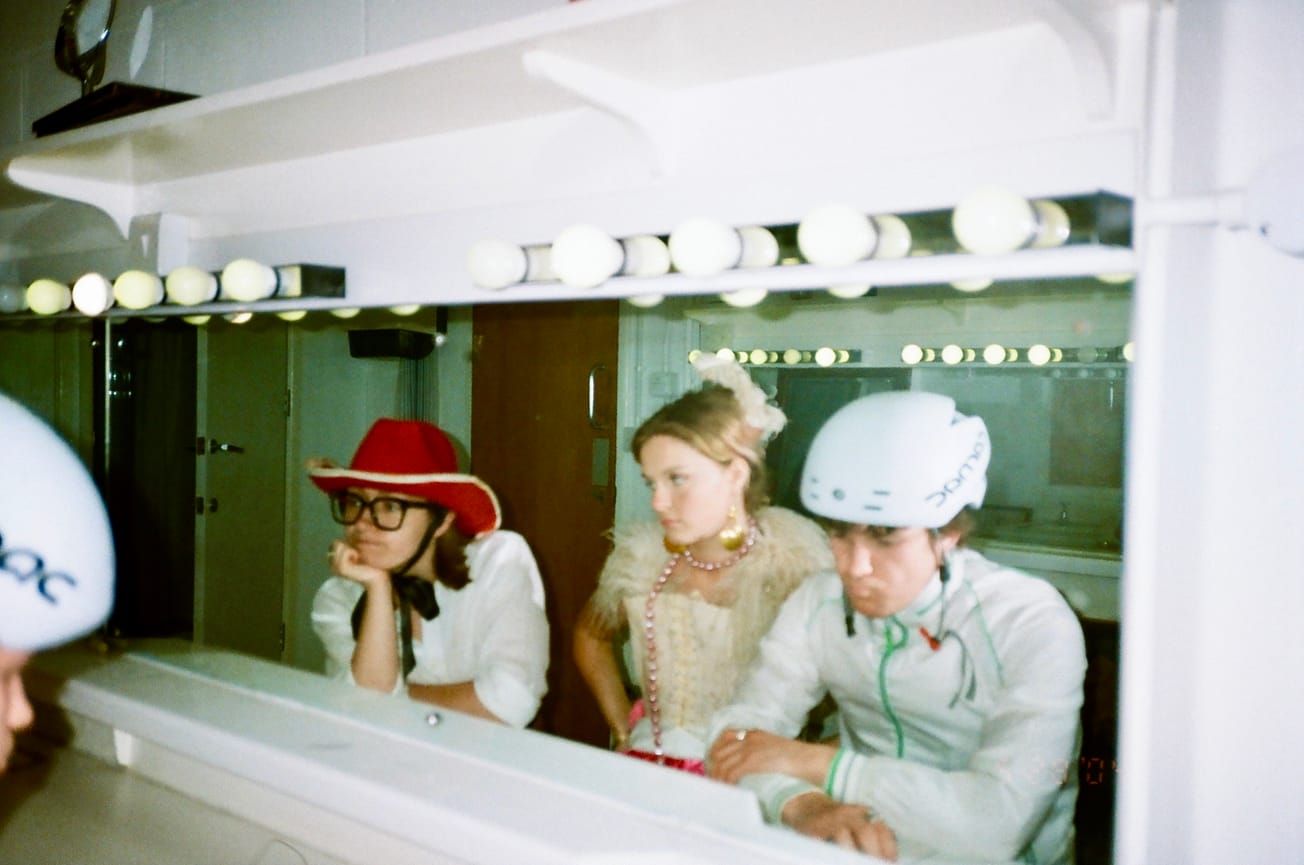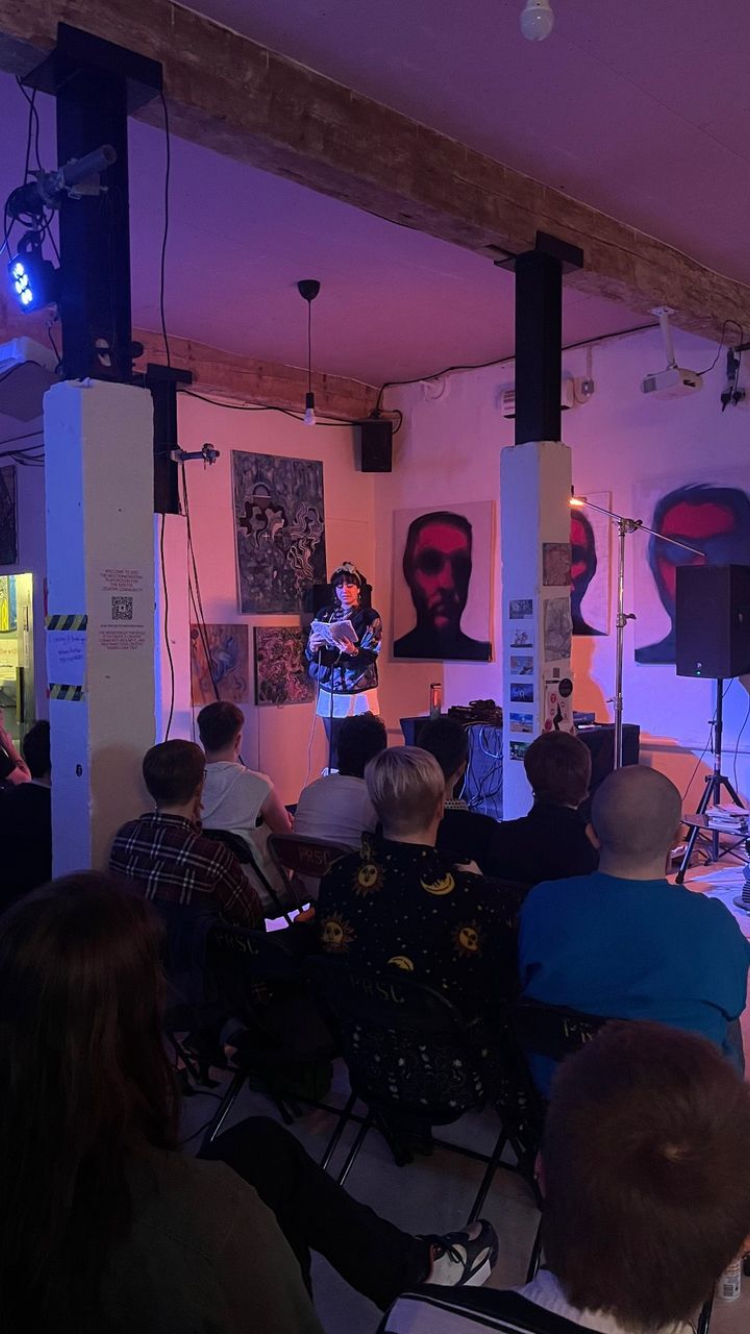By Christina Park, Fourth Year, English
On the 7th of December at the Winston Theatre, the University of Bristol’s student Pantomime Society hosted a rendition of C.S. Lewis’ The Lion, the Witch, and the Wardrobe, called The Dobbin, the Dame, and the Panto.
The story begins with Peter, Susan, Edmund, and Lucy, who are the ‘Principal Boys’, who arrive at the Professor’s house to escape the war. When these heroes enter Narnia through an old wardrobe, the plot mirrors The Lion the Witch and the Wardrobe, but the narrative is tweaked, as audiences learn that there used to be a ‘great spirit of panto’ with song and dance, but it is now gone because the White Witch froze the land.
As classic of the pantomime tradition, most characters were cross-dressed. Aslan was selected to be the dame whose tongue-in-cheek, exaggerated gestures exhibited a sexualized, feminine character and elicited excited responses from the crowd. As is also classic of pantomime the dame engaged the audience, including the question, “Where is Narnia?” and the audience answered, “It’s behind you”. Audience engagement was good, amidst claps and cheers, but might have been more excited throughout.

A contemporary spin on the tale is prominent in the play, including references to movies such as Frozen, with a rendition of For the First Time in Forever by Lucy and Mr. Tumnus, a sing-along for Mariah Carey’s “All I want for Christmas Is You” and “Last Christmas” rendered in speech to add a modern twist of humour:
“Last Christmas I gave you my heart,” Aslan speaks to Santa, “The very next day you said, 'go back to the kitchen and make a sandwich.’” Santa responds, “Don’t be so hysterical, people would like it more if you smiled,” drawing gasps from the audience, and for which Santa gets slapped. The play also satirizes a blonde-wigged Greta Gerwig who appears alongside the BBC narrators, as she repeatedly screams, "a man!" with a grossed-out expression whenever a male figure was mentioned, which drew laughter from the audience.
The pantomime climaxes with Aslan volunteering to take Edmund’s place of punishment since he “lost his principle” by giving over to the White Witch’s temptation for Turkish Delight and lust for power. However, Aslan is revived by deep magic which overrides the Witch’s magic as prophesied, and he wins a decisive victory in a long-drawn out battle scene.
Interestingly, the play also spun a postmodern narrative. When the White Witch cackles over killing Aslan and ‘panto’, she introduces a “new world of realism”. Like the existential questions posed in the recent movie Barbie (2023), the characters also ask if they possess free will, or if they are following a script, to which Aslan says, “we have to suspend our disbelief again”. Here, the fourth wall breaks down, and the BBC workers are also kidnapped into the world of Narnia.
There was also a scene where the White Witch turned out to be Aslan's sister just when the audience thought the play was nearing its end. Aslan convinces her to become ‘good’ as she secretly wants to be the dame, which is arguably fitting as Aslan is a redemptive figure. The play ends with a final song with all characters on stage.
Overall, it was a well written play, with great spins on contemporary culture, postmodernism, relatable references, and excellent lighting, the hard work being very apparent. However, the play could have been more concise. The play ends with the catchy line, “we can always hold out for a second coming,” and Aslan, says he will always be with the characters “in spirit”.
Images Courtesy of Christina Park
Have you been to see any Pantomimes this Christmas?









